
Animal Characteristics
Animal Characteristics
Kingdom Animalia includes diverse species with genetic and structural similarities.
Learning Objective: List the basic characteristics of animals, including the specific characteristics that distinguish worms from other animal species.
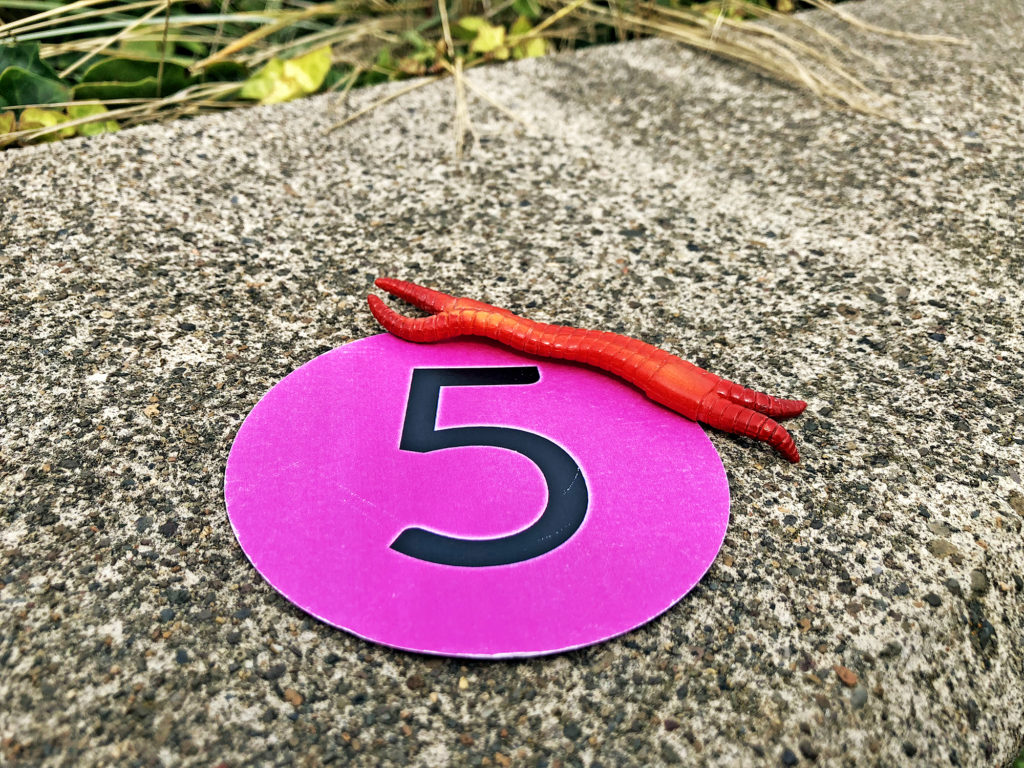
What is an animal?
You have been learning about animals your entire life. Based on your experiences, write in your notes at least three characteristics that separate animals from other types of species.
Whenever there is a photo of paper ephemera from old books and magazines, like this picture, that is a visual cue to back up the verbal cue that you are accessing past experiences and knowledge.
How did you do?
The most common responses are: animals move, animals have many many cells, and animals eat other organisms.
General Animal Characteristics
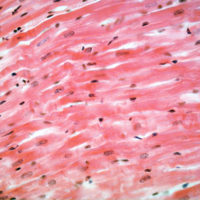
Multicellular
All animals are built up of microscopic cells. In all animals, except the sponges, these cells are organized into tissues like muscle or nervous. (photo = muscle cells forming tissue, 400x)
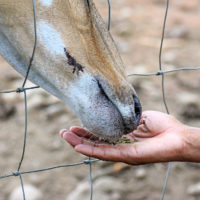
Feeding
All animals consume other organisms, either living or dead. This food provides nutrients and energy necessary for cellular activity (photo = hand feeding deer).
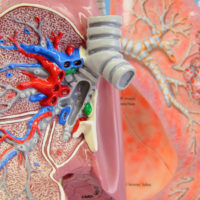
Gas Exchange
Animals need oxygen to covert food into usable energy, and produce carbon dioxide as a waste product that needs to be eliminated. Respiratory systems move oxygen into the animal and carbon dioxide out. Cardiovascular systems move oxygenated blood around the body. (photo = lung model)
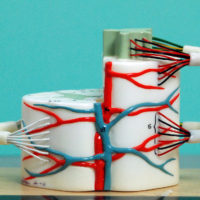
Sensory Systems
Most animals, except sponges, have nerves that receive sensory information. This information is necessary for movement and locating food. (photo = spinal cord model)
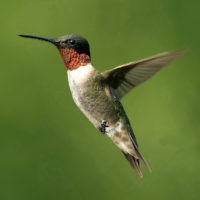
Movement
Animals move at some point in their lives, which is essential for finding food, mates, and territory. (photo = Anna\’s Hummingbird, Calypte anna)
These characteristics are all correct for animals, BUT… other kinds of species can move (even bacteria); other species can have many cells (plants & fungi), and some fungi, plants, and microscopic species can consumer other organisms.
We need to more clearly define animals, and relate it to the ancestry we see in the phylogenetic trees.
Animals have groups of cells, called tissues, that enable flexible movement. We can see this flexible movement in action when we pinch our skin or in the undulations of this snail.
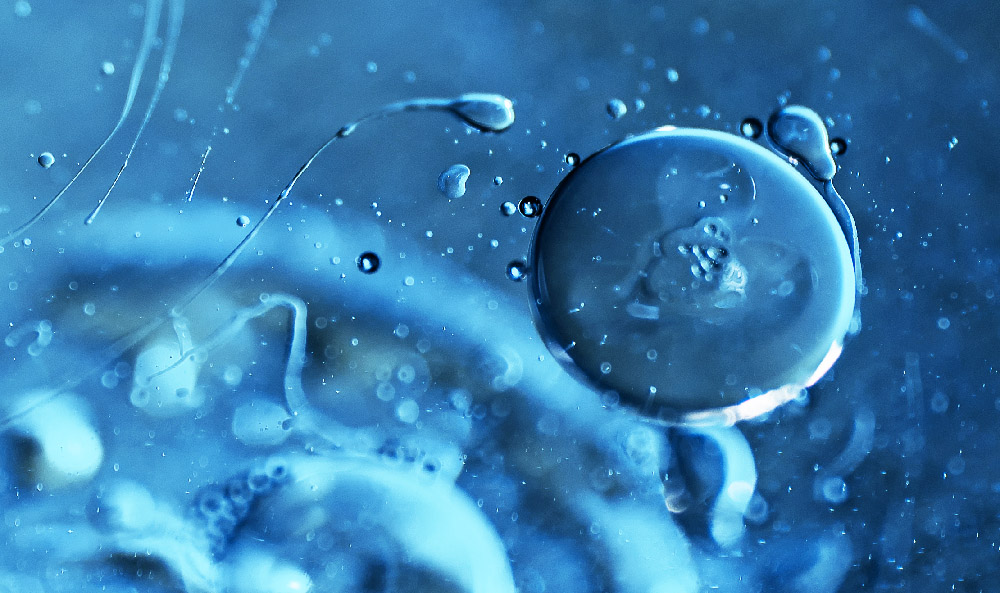
Most animals have significant differences in the size of the gametes or \”sex cells:\” the egg is typically much larger than the sperm, and there are often far more sperm. This impacts reproduction significantly in many animal species and we\’ll see in the fitness guide.
Animals are commonly divided into the vertebrates (having a backbone, including humans) and invertebrates (not having a backbone).


The problem with thinking \”verts. vs. inverts.\” is that:
-
we all share a common ancestor, so there are many shared characteristics between the vertebrates and invertebrates.
-
it is easiest to put a lot of attention on us vertebrates, even though invertebrates play critical roles in Earth\’s ecosystems.
-
there are far more invertebrate species on Earth.
Approximately 95% of the animal species on Earth are invertebrates
34 of the 35 animal phyla (largest classification groups) are invertebrates
Let\’s take a closer look at one group of invertebrates: the Annelids
While watching this video, list the characteristics that clearly make these earthworms animals and list possible characteristics of earthworms (annelids) that set them apart from other animals.
Watch this video; you can select the closed captioning \”cc\” option if you would like to see the text.
Here are two other examples of annelids, what do they have in common with the earthworms?
Marine worm approximately two inches long that grab prey with tentacles.
Freshwater worms that eat decaying organic matter, approximately one inch long.
The animal kingdom is broken down into approximately 35 phyla. The number has changed as genetic analysis has led to discovery of new phyla.
Phylum Annelidia (the annelids) includes the earthworms, spaghetti worms, tubifex worms, and the amazing flower-like feather duster worm below. Its segmented body is protected by a paper-like tube it produces, its feeding and breathing gills are extending.
Annelid worms differ from other worm phyla (there are 12!) by having segmented body parts.
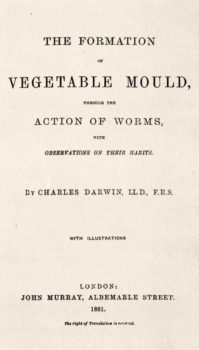
Charles Darwin\’s final book, published about six months before his death, was a monograph about earthworms.
Cartoons from \”Punch\’s Almanack,\” a periodical of Darwin\’s time.
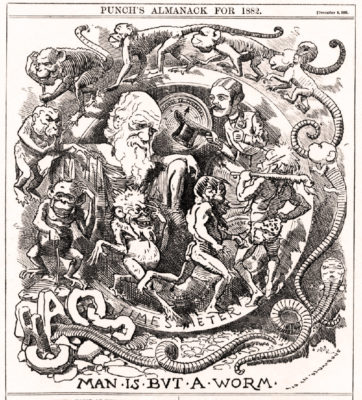
Darwin and his work were well known and well received by fellow scientists in his life time.
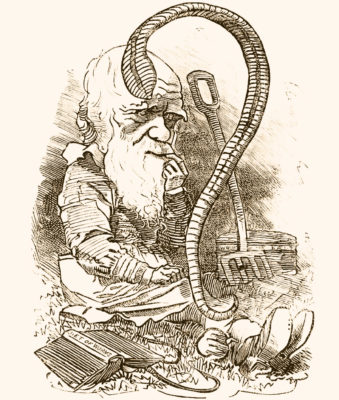
Darwin\’s work impacts the way science discusses animals: that species share common ancestors, and have modified over time. In otherwords, humans and worms share a common ancestor, clearly with significant modifications.
In this course, you will be looking at shorter term inheritance, traits passed from parents to offspring and longer term evolutionary changes in species over time.

Finish your notes here











